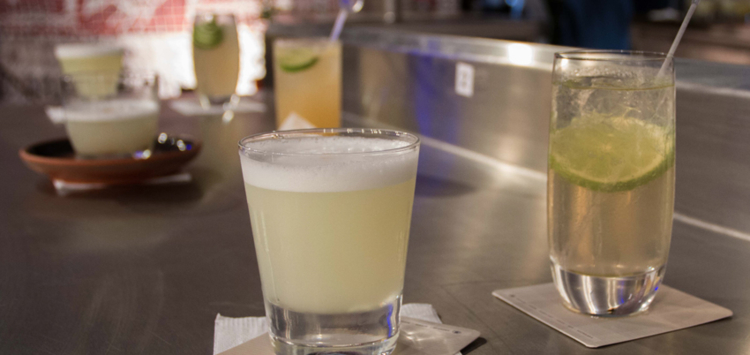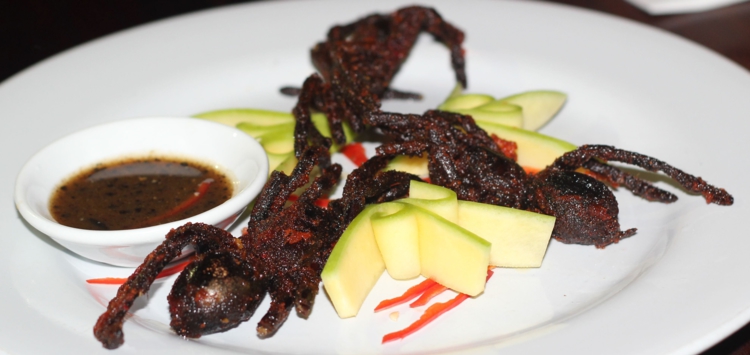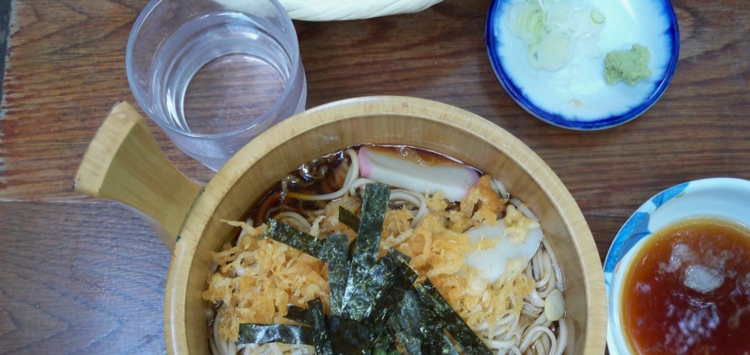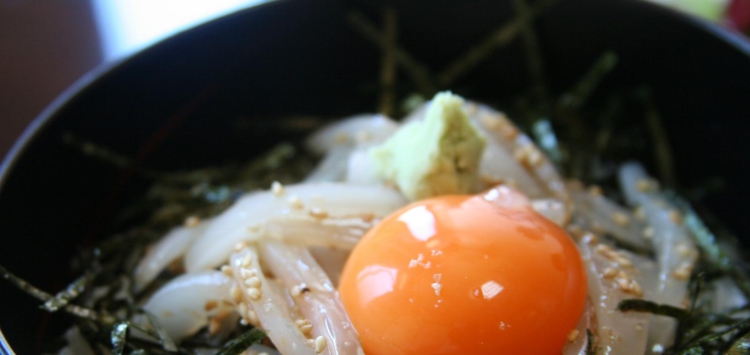Green pepper: a bunch of sweetness in a wonderful world of grains
Published: 20/08/2015 12:00
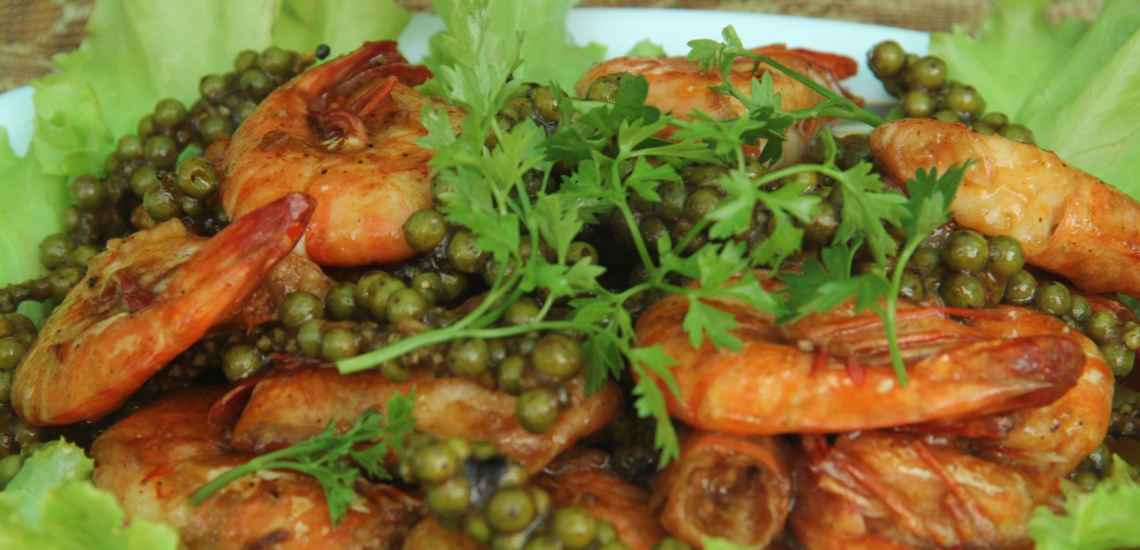
Forget everything you know about pepper, its colour, its dryness, or its sneeze-inducing powder and enter the world of the Kampot pepper, a gourmet symbol and a sign of the Cambodian renaissance.
It's simple: in the Kampot region, EVERYTHING is cooked using green pepper. You'll find little bunches of peppercorns - harvested a few kilometres away and brought by foot from the pepper farm to your plate - floating about in your crab soup, prawn curry, squid, or grilled beef. Don't worry about your delicate Western palate; green pepper lightly spices and seasons without terrorising your taste buds. On the contrary, you'll find it so agreeable and seductive that you'll love it from the first bite and want to taste all the dishes on the menu!
With your belly full and a smile on your lips, you might start asking yourself why nobody told you about this wonderful spice a long time ago. But don't dither over this annoying detail and instead trot along to one of the many pepper plantations in the region, preferably near the village of Kep. For fans organic farming, sorry to disappoint: the concept is not so well-known in this part of the world, so it'll be difficult to come across an organic plantation. Before you set off on your visit, here are 4 useful things to know about Kampot pepper.
.
1. Cultivated on stakes
Wine connoisseurs all over the world are well aware that what grows on stakes can't be all bad. One point for the Kampot peppercorn, which is the fruit of the piper nigrum, a tropical vine which is cultivated like grape vines. With one notable difference, which enables multiple harvests per year: pepper matures after only four months.
2. Green pepper is actually...fresh pepper
White, red, black or green, all pepper is obtained from the same pepper plant. So if you rub a grain of red pepper in your hand you'll get white pepper. Green pepper is just another way of saying "fresh pepper". As it goes bad very quickly, each day tens of kilos of its chlorophyll-saturated berries leave the plantations for the plates of diners in the local restaurants.
3. The four shades of pepper
The bunches of peppercorns are harvested just before ripening either to be consumed fresh or to make black pepper, which is obtained after the fermentation and drying of the berries. Some berries are left on the vine, until part of the berry becomes red. They are then harvested, sorted and dried in order to obtain red pepper, or else their skin is removed and they are dried to make white pepper. Each colour brings with it its own unique characteristics and the price depends on the amount of work required to obtain it: therefore green pepper is cheaper than black, then comes red, and finally white. More expensive does not automatically mean better! Pop along to the Kampot market for your grocery shopping; there you compare and taste the different types of pepper to your heart's content.
4. The best pepper in the world, stronger than the Khmers rouges
The Kampot pepper is a symbol of the Cambodian renaissance. It almost completely disappeared during the Khmer Rouge regime. Losing out to cheaper and lower-quality peppers from South Vietnam, it staged a gradual comeback. It is also the first Cambodian agricultural product to benefit from a protected geographical indication - good news for gourmets everywhere!





